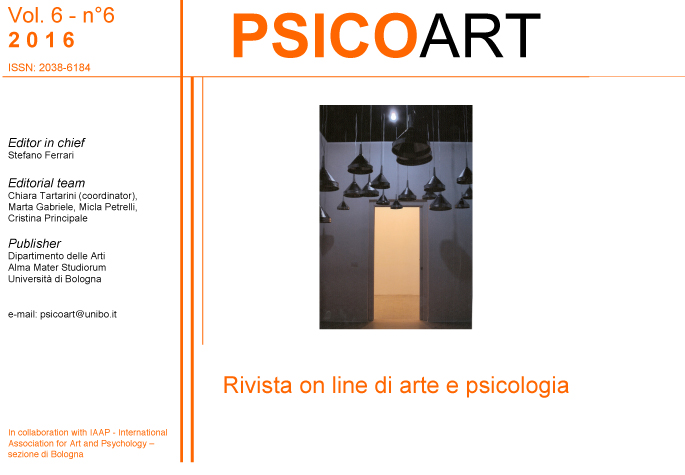Sheer lunacy at the Laboratory of the Mind Museum at Santa Maria della Pietà in Rome
DOI:
https://doi.org/10.6092/issn.2038-6184/6049Keywords:
Museo della Mente Roma, Paolo Rosa, Studio AzzurroAbstract
In the 1950s the asylum institution of Santa Maria della Pietà in Rome acted as a social container, housing not only people affected by mental issues, but also severely disabled people, social misfits, poor people, outcasts, alcoholics, and after the war also many orphans; there were also people who were born there and spent their entire lives in the institute. In the 1960s, in the new location of Monte Mario, the psychiatric hospital counted 3000 patients.
What happened must not be forgotten or ignored. The Laboratory of the Mind Museum project started from the collaboration between the director Pompeo Martelli and Paolo Rosa. The museum, built by Studio Azzurro, was inaugurated on October 7th 2008. In actual fact what needs to be narrated thanks to the exhibition does indeed concern the history of the former psychiatric hospital, but most of all the experiences of those who have lived in there and those who have for various reasons “glanced into” it. In this museum the Milan group, actively involved for over twenty years in artistic research, have developed an itinerary where the new technologies have been used to create a dynamic of interaction to allow the visitor to undergo a culturally formative museum experience. This is perhaps one of the best examples of what we define as “sensitive museography”. In the itinerary of the museum interfaces and devices are invisible. Despite their apparent absence, the interactive installations draw in visitors by inviting them to take part in the museum’s stories and to experiment with the different cultural models that gave rise to the prejudice on mental illness.
Downloads
Published
How to Cite
Issue
Section
License
Copyright (c) 2016 Elisa Bianchi
Copyrights and publishing rights of all the texts on this journal belong to the respective authors without restrictions.
This journal is licensed under a Creative Commons Attribution 4.0 International License (full legal code).
See also our Open Access Policy.





